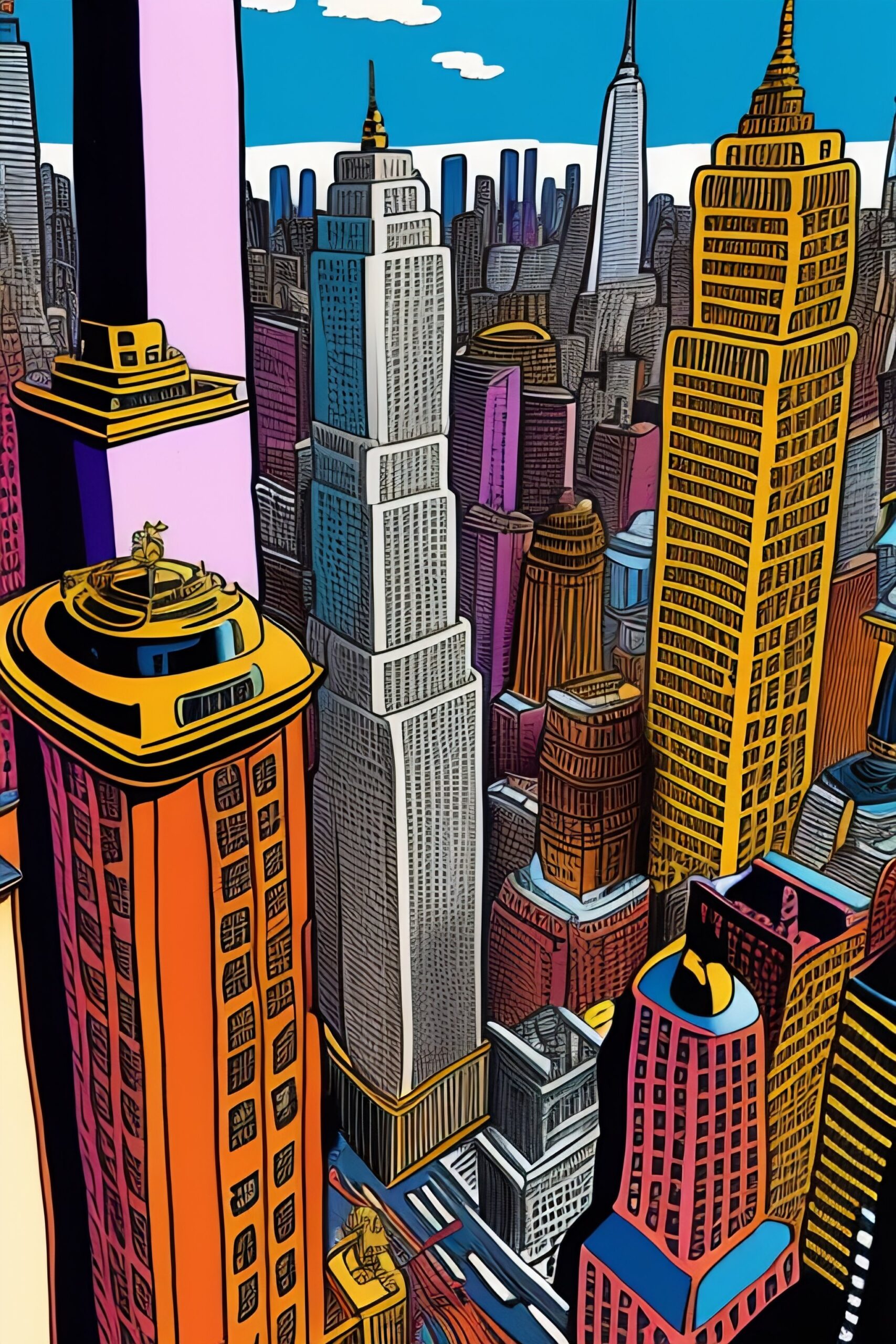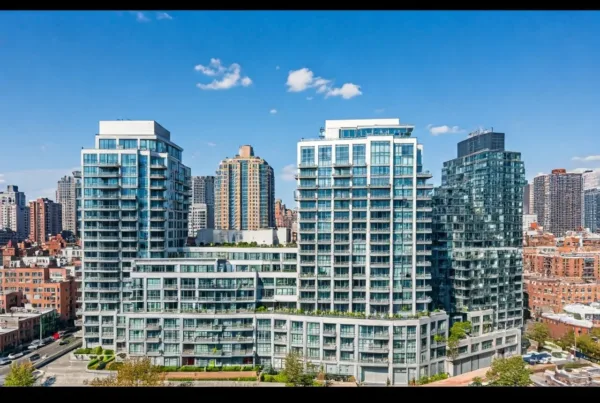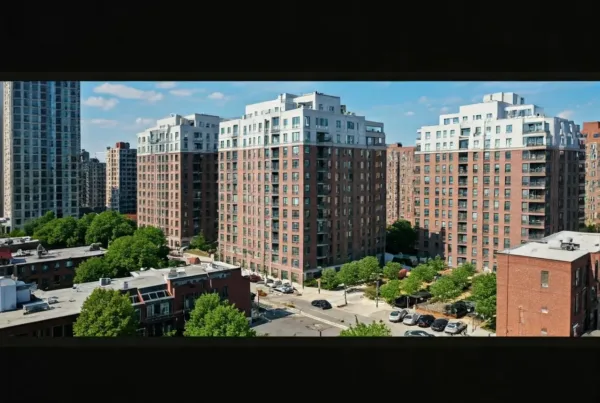New York City is a hub for innovation and change, and the real estate sector is no exception. In a city that never sleeps, construction trends are evolving rapidly to meet the needs of its dynamic population. Whether you’re buying, renting, or just curious about the city’s architectural landscape, these construction trends are reshaping NYC’s skyline and real estate market. Let’s delve into the exciting innovations making a mark on the Big Apple.
1. Sustainable Building Practices
Green architecture is no longer a trend but a necessity. Builders are focusing on sustainability, using eco-friendly materials and energy-efficient designs that reduce the carbon footprint of new constructions in NYC. According to recent forecasts, sustainable practices are expected to rise as more developers integrate solar panels, green roofs, and sustainable materials in their projects. These efforts not only contribute to environmental wellness but also enhance property value and appeal to environmentally-conscious buyers.
Moreover, the focus on eco-friendly designs is becoming more integral, attracting investments and interest in developments that prioritize these features. This trend is seen in areas like Hudson Yards, where new structures emphasize sustainability, blending the natural environment with urban landscapes.
2. Smart Technology Integration
Smart homes are becoming more common as buildings integrate technologies for enhanced security, energy management, and convenience, ensuring a tech-savvy lifestyle for NYC residents. From smart thermostats that automatically adjust temperatures to intelligent security systems, these innovations cater to the city’s tech-friendly demographic. The ability to manage home environments remotely is a key feature that appeals to modern homeowners, reshaping expectations of urban living.
3. Mixed-Use Developments
These developments cater to the urban dwellers’ ‘live-work-play’ lifestyle, blending residential, commercial, and recreational spaces within single projects. In NYC, the shift towards mixed-use developments signifies a paradigm shift, where spaces serve multiple functions, providing everything from office spaces to entertainment and shopping— all under one roof.
Projects in neighborhoods like Downtown Manhattan exemplify this trend, attracting residents by offering convenience and vibrant community life. This growth is in part due to New York’s Housing Market dynamics, where space optimization becomes crucial in high-demand areas.
4. Flexible Living Spaces
Adaptability is key in modern real estate. NYC constructions now offer versatile spaces that can easily transform to suit various needs, from home offices to personal gyms. As remote work becomes prevalent, these designs are essential for providing a functional yet comfortable home environment.
Developers are focused on creating spaces that fit the evolving demands of residents, making sure that future properties offer flexibility to adapt to new lifestyles. This trend also intersects with the rise in new construction projects, as developers target younger demographics looking for versatile and affordable housing solutions.
5. Community-Centric Designs
Creating a sense of community is essential, and new constructions are incorporating shared spaces like rooftop gardens and co-working areas to foster social interaction. In increasingly vibrant cities like NYC, these社区中心设计利弊的建设推动不仅提升生活体验…
6. Emphasis on Health and Wellness
The focus on health is evident with the inclusion of features like air filtration systems, access to natural light, and wellness centers in new buildings…
7. Transit-Oriented Development
Access to public transportation is a prime factor, leading to developments that cater to the needs of commuters and promote a car-free lifestyle…
8. Preservation of Historical Elements
Balancing modernity with history, many projects are conserving New York City’s historical charm by integrating heritage elements into new constructions…







